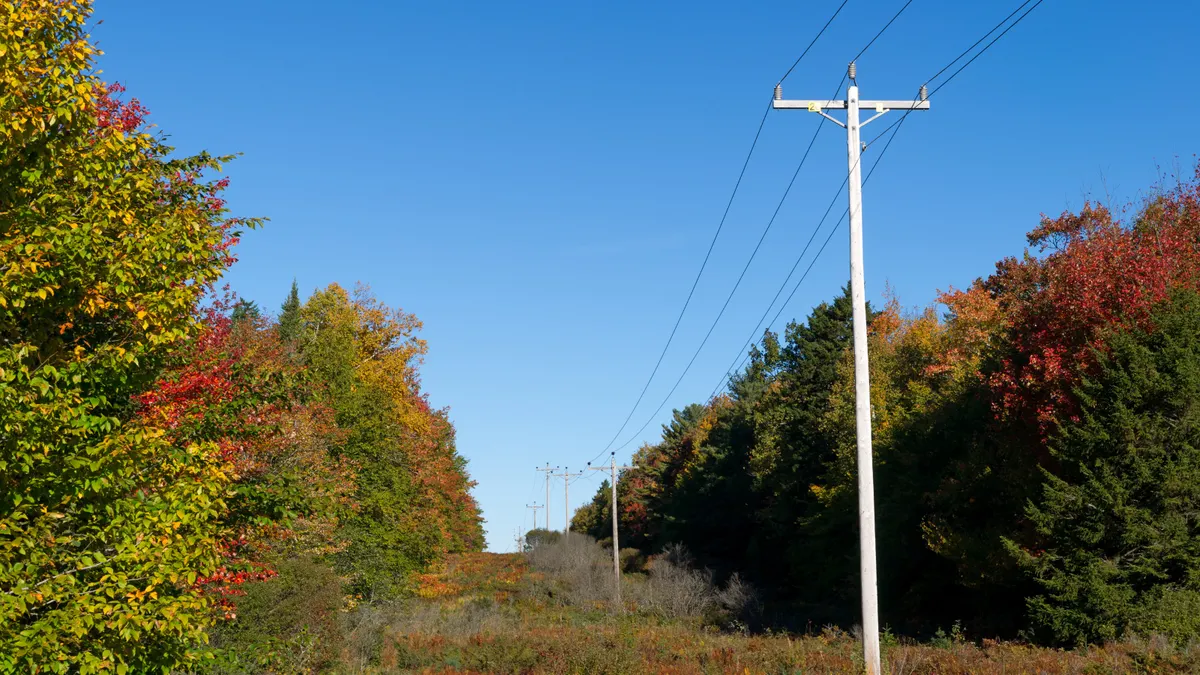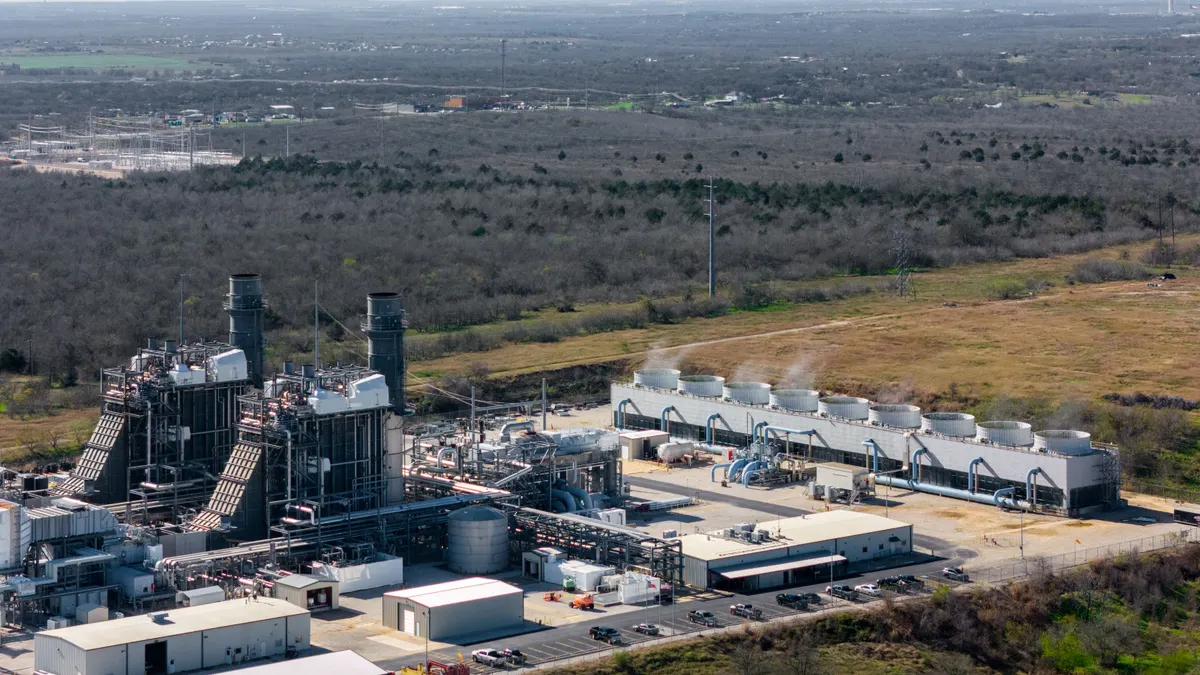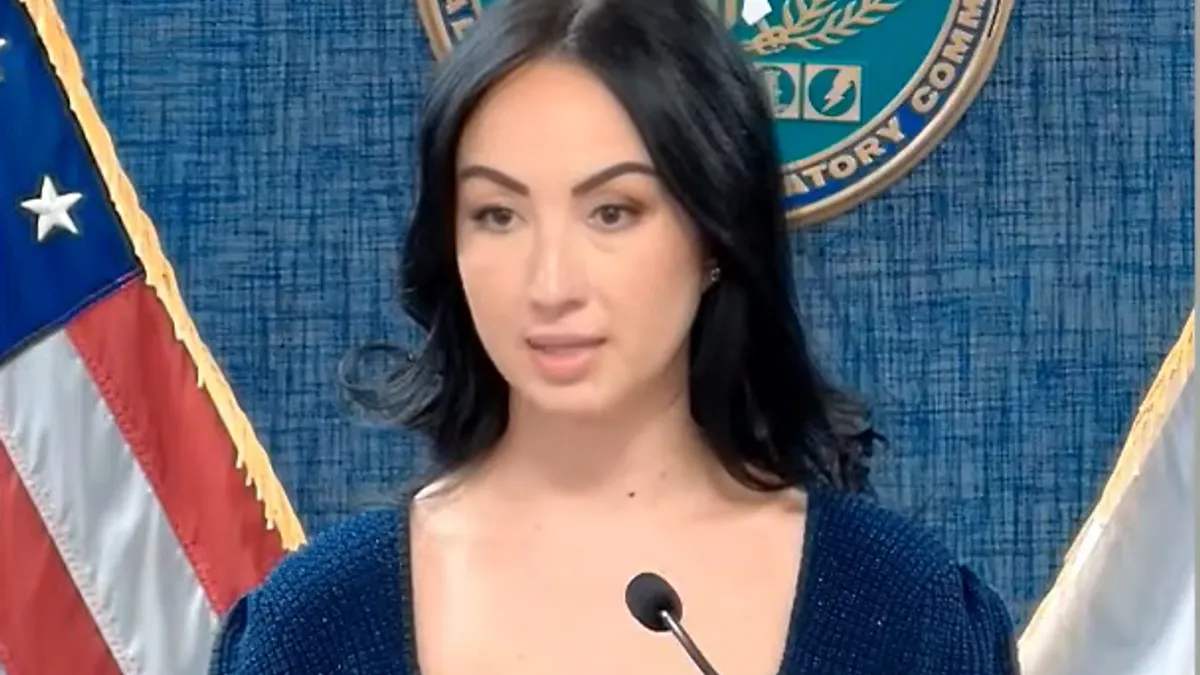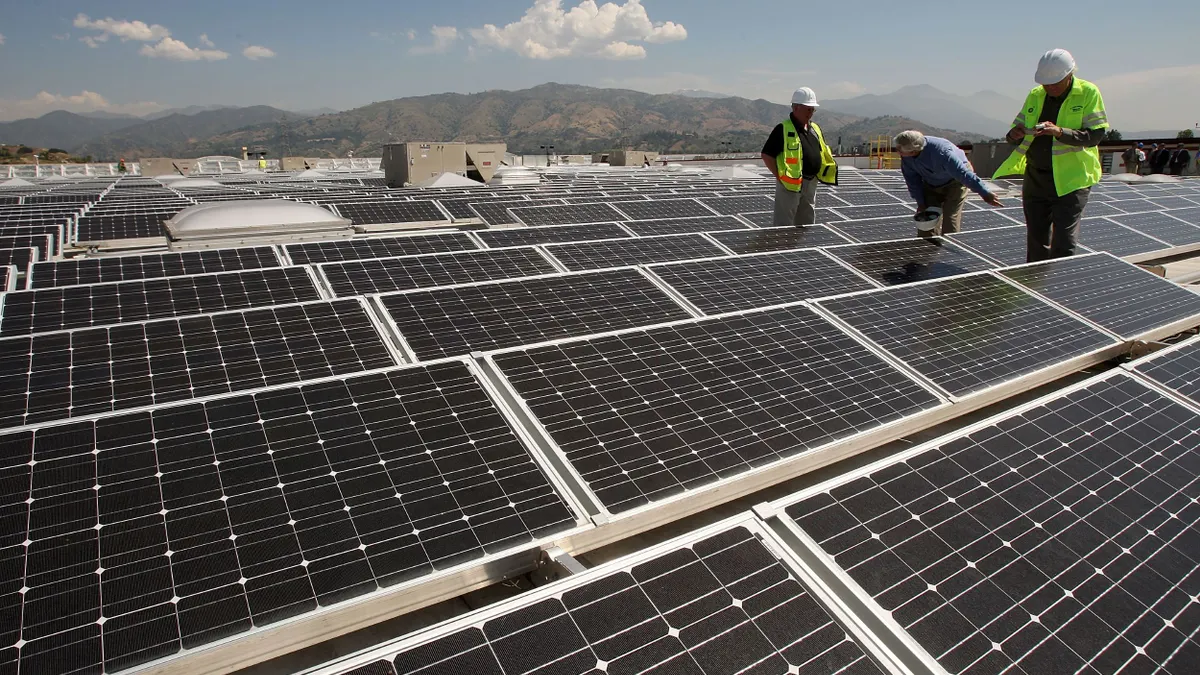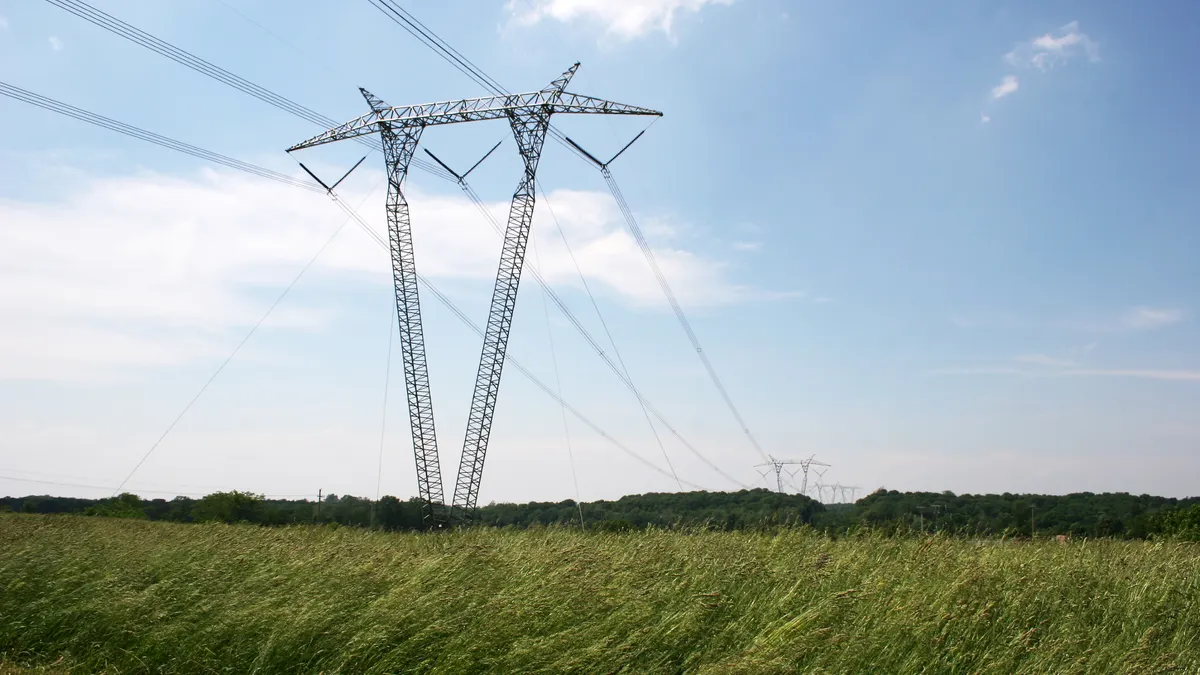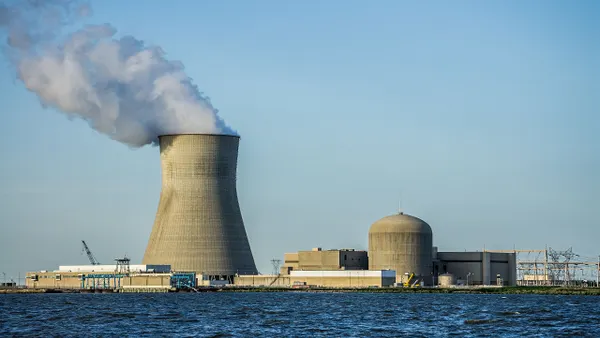The Federal Energy Regulatory Commission on Thursday ordered New England utilities to give the Maine ratepayer advocate more information about upgrades they make to their transmission systems.
In a concurrence to the decision, FERC Commissioner Judy Chang called for transmission owners across the United States to be more transparent about their spending on local transmission projects, which typically receive little regulatory scrutiny.
“Transmission owners nationwide should strive to proactively address this need for greater transparency, rather than resisting it or treating it as an undue burden,” Chang said. “At a time of sharply rising customer bills and increasing concern about the prudence of transmission planning decisions, transmission owners have an obligation to address those concerns and help customers, state regulators, and stakeholders better understand how their money is being spent.”
The U.S. needs significant infrastructure investment, but it’s expensive, according to FERC Commissioner Lindsay See. “It's important for us to make sure that we are being responsible and transparent about the inputs that go into determinations of prudency,” See said during FERC’s open meeting Thursday.
The issue centered on a January 2024 challenge the Maine Office of Public Advocate made to “asset condition” projects — which typically involve upgrading aging transmission lines — that utilities put in place in 2022.
As part of New England's formula rate protocol, the Maine OPA asked for more information about those projects to help determine whether the projects were prudent. Under FERC’s formula rate process, the agency deems spending on transmission infrastructure to be prudent unless the spending is successfully challenged by an outside party.
In its decision, FERC found that the bulk of the Maine OPA’s questions were valid, including questions related to how the transmission owners evaluated the need for projects, how they evaluated alternatives to the projects they selected and the procedures they used to prevent premature investments, Chang noted in her concurrence.
Annual spending on local transmission projects in New England increased eightfold from 2016 to 2023, to nearly $800 million, according to a report released in November by RMI, a clean energy think tank.
Despite their overall cost, local transmission projects don’t receive a meaningful review from grid operators or FERC, and state regulators typically have little oversight over them, according to RMI.
Transmission owners directly affected by the decision are Avangrid’s Connecticut Light and Power Co., Maine Electric Power Co., two Eversource Energy utilities — NSTAR Electric Co. and Public Service Co. of New Hampshire — National Grid’s New England Power Co., PPL’s Rhode Island Energy and Vermont Transco.
Here are four other takeaways from FERC’s open meeting.
Rosner seeks info on large load forecasting. FERC Chairman David Rosner on Thursday asked U.S. grid operators to work with the agency to develop best practices for forecasting large load additions, such as data centers. “At a time when utilities forecast hundreds or thousands of megawatts of growth, improving forecasts by even a few percentage points in the right direction — up or down — can impact billions of dollars in investments and customer bills,” Rosner said. Utilities may be able to use milestone criteria for their forecasts such as contracts, financial security deposits and physical site control, he said.
FERC advances reliability standards. The agency advanced four grid reliability rules on Thursday, including ones dealing with supply chain risks, cybersecurity and extreme cold weather. The cold weather standard, which takes effect Oct. 1, improves the clarity of communications requirements and helps ensure that power is available during extreme cold weather events, FERC said.
SPP refund plan gets approval. FERC on Thursday approved the Southwest Power Pool’s long-pending plan for providing refunds related to network upgrade costs under its “Attachment Z2.” Potential refunds and resettlements grew to nearly $660 million as of June 2024 and were growing by $3 million to $4 million a month, according to FERC’s decision. The refunds cover the period from March 2008 to August 2015; the period for resettling the credit payment obligations runs from September 2015 until the process ends. FERC gave SPP 45 days to file a compliance filing at the agency that reflects the recoupment and refund amounts with interest before the grid operator begins processing the Attachment Z2 refunds.
FERC upholds its decision to end pumped storage application. The agency properly terminated an initial application by Southeast Oklahoma Power Corp. to build an 800-MW pumped hydro project near Talihina, Oklahoma, FERC said Thursday. The company failed to file adequate study plans for the project, according to the agency. Southeast Oklahoma, for example, failed to say why it declined to adopt certain studies requested by the Chickasaw Nation and Choctaw Nation of Oklahoma and the U.S. Fish and Wildlife Service, FERC said.



